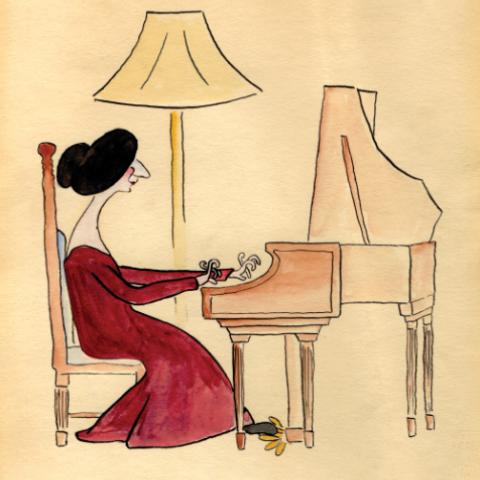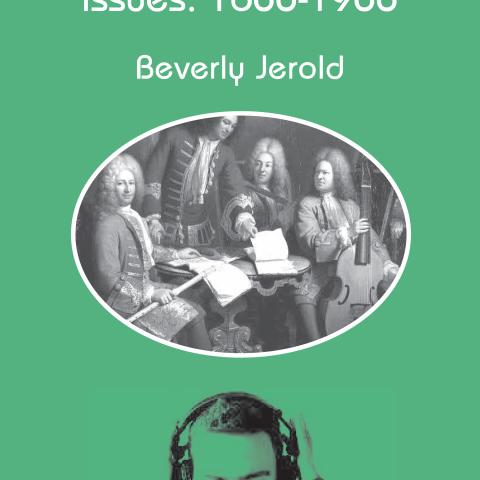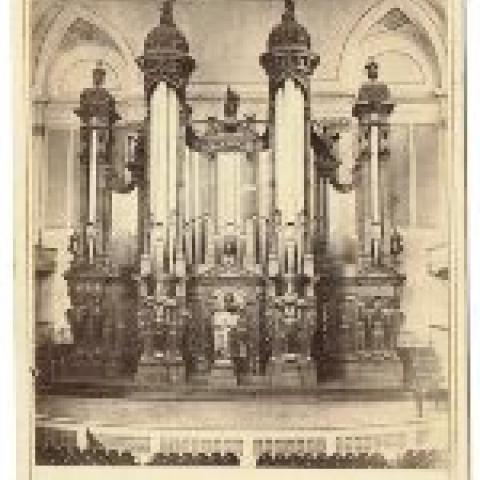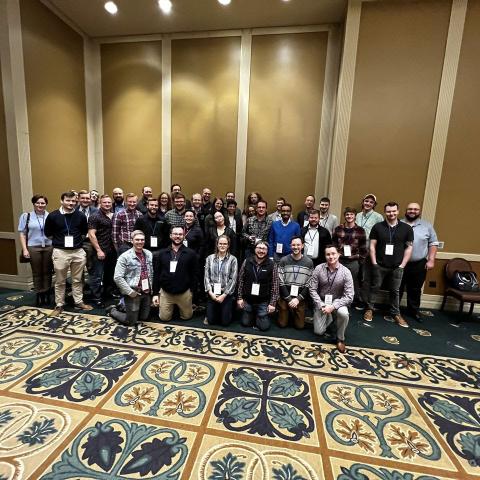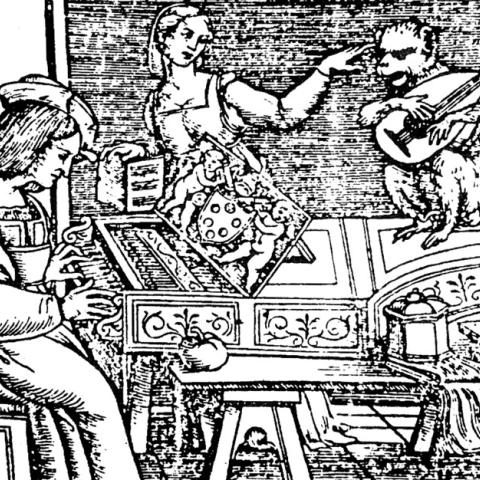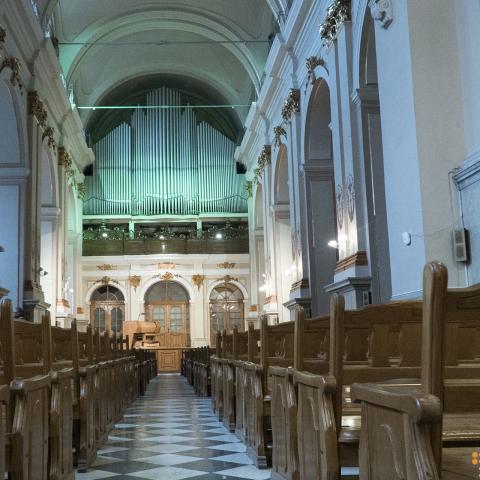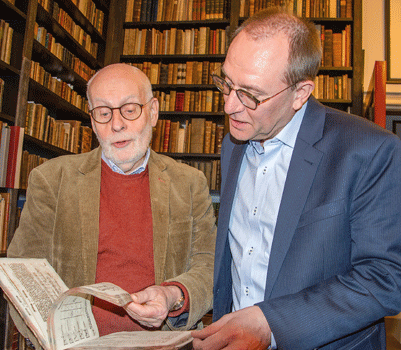
The Orpheus Institute, Ghent, Belgium, has acquired the library of Ton Koopman (b. 1944), a pioneer of the early music movement. Koopman is an organist, harpsichordist, conductor, music pedagogue, and researcher. His historically informed interpretations of Bach, Buxtehude, and their contemporaries, as well as music from the later eighteenth-century, can be heard on hundreds of CDs.
In the course of his sixty-year career, Koopman has collected a large selection of books and music. Among the thousands of prints and manuscripts are numerous unique works, including a cantata by Handel unknown until recently. In addition to this library with works from the fifteenth to the nineteenth centuries, Koopman has also collected thousands of modern books and periodicals on Baroque music and culture. Many of the books, both old and modern, have been annotated by Koopman.
The collection will be housed in the historic Koetshuis (coach house), which is located next to the Orpheus Institute. The renovation of this building started in autumn 2019 and will last until summer 2020. In October, the library will open. The Orpheus Institute will also make the collection available digitally to researchers in Belgium and beyond.
For information: http://orpheusinstitute.org.

